Amazona Bodini Parrots
Amazona Bodini Parrots (Amazona bodini), commonly known as the Bodin’s Parrot or Jamaican Amazon, is a captivating and critically endangered parrot species that embodies the vibrant biodiversity of Jamaica. As one of the rarest Amazons in the world, with an estimated wild population of fewer than 200 individuals, this bird has become a symbol of conservation efforts and the challenges facing Caribbean wildlife. Named after the French naturalist Bodin in the 19th century, the Bodin’s Amazon is distinguished by its striking yellow-headed plumage and intelligent, playful nature. In this in-depth guide, we’ll explore its origins, physical traits, natural behavior, conservation status, suitability as a pet, and much more. Whether you’re a bird enthusiast, conservationist, or potential owner, this resource provides a thorough understanding of this remarkable species.
Overview of Bodin’s Amazon Parrots
Amazona Bodini Parrots are endemic to Jamaica, where they’ve evolved in isolation from other Amazon species. First described scientifically in 1850, they inhabit the island’s lush, mountainous rainforests, playing a crucial role in ecosystem health through seed dispersal. Unlike more widespread Amazons like the Yellow-headed or Blue-fronted, Bodine’s are elusive and rarely seen in the wild, making them a prized subject for ornithologists and conservationists. Their intelligence rivals that of African Greys, with abilities in problem-solving and mimicry, but they are more sensitive to environmental changes. In captivity, they’ve been bred successfully, but ethical concerns dominate discussions about their ownership. This species highlights the intersection of beauty, intelligence, and vulnerability in the avian world.
Physical Description
Amazona Bodini Parrots are medium-sized parrots, making them manageable yet impressive in appearance. Adults typically measure 11-12 inches (28-30 cm) in length from beak to tail and weigh between 10-12 ounces (280-340 grams), slightly smaller than some mainland Amazons. Their most distinctive feature is the bright yellow head and neck, which contrasts sharply with the green body feathers. The wings and tail display subtle red and blue accents, adding to their visual appeal. The beak is robust and curved, adapted for cracking hard-shelled nuts and seeds, while the eyes are surrounded by a white eye-ring that enhances their expressive gaze.
Sexual dimorphism is minimal; males and females look nearly identical, though males may have slightly broader heads or more pronounced crests. Juveniles start with duller plumage, developing the vibrant yellow hues as they mature around 1-2 years old. Lifespan in the wild is estimated at 20-30 years due to threats, but in captivity, with proper care, they can live 50-60 years or more, outlasting many human companions. Their overall build is sturdy yet agile, allowing them to navigate dense foliage with ease.
Habitat and Behavior
Amazona Bodini Parrots are strictly endemic to Jamaica, thriving in the island’s mountainous rainforests, particularly the John Crow Mountains and Blue Mountains National Park. These areas provide the humid, tropical climate they need, with elevations ranging from 1,000-4,000 feet (300-1,200 meters). The forests offer abundant food sources and nesting sites in tall trees, where they form small flocks of 5-10 birds during non-breeding seasons. Their habitat is characterized by high rainfall, dense vegetation, and a mix of native trees like mahogany and pimento, which provide fruits and seeds.
In terms of behavior, Amazona Bodini Parrots are diurnal, active during daylight hours, and exhibit a mix of social and territorial traits. They are monogamous, forming lifelong pairs that defend nesting territories. Breeding occurs from March to July, with females laying 2-4 eggs in tree cavities. Both parents share incubation duties, which last about 24-26 days, and chick-rearing for several months. Socially, they communicate through loud, raucous calls— a series of squawks and whistles that can echo through the valleys. While not as prolific mimics as African Greys, they can learn simple words or sounds, especially in captivity.
Their diet in the wild consists mainly of fruits (like figs and berries), seeds, nuts, and flowers, supplemented by occasional insects. This foraging behavior aids in seed dispersal, helping regenerate Jamaica’s forests. However, they are opportunistic feeders, adapting to available resources. In flocks, they display playful antics, such as chasing each other or engaging in aerial displays, showcasing their energetic personalities.
Conservation Status
Amazona Bodini Parrots are classified as Critically Endangered by the IUCN Red List, with fewer than 200 individuals remaining in the wild—a stark decline from historical populations. The primary threats include habitat destruction from logging, agriculture, and urban expansion, which fragments their forest homes. Natural disasters like hurricanes (e.g., Hurricane Dean in 2007) devastate populations, while invasive species such as rats, mongooses, and feral cats prey on eggs and chicks. Illegal poaching for the pet trade exacerbates the issue, despite international protections.
Conservation efforts have been ramped up in recent years. The Jamaican government has designated protected areas, and organizations like the Peregrine Fund and the Jamaican Conservation and Development Trust run captive breeding programs. These initiatives have successfully hatched and reintroduced birds, with monitoring showing some adaptation to the wild. CITES Appendix I status bans international trade, and local laws prohibit capture. Eco-tourism in Jamaica supports these efforts, with guided hikes in the Blue Mountains offering chances to spot them (though sightings are rare). Long-term recovery depends on habitat restoration and community education to reduce poaching.
As a Pet: Suitability, Care, and Ethics
Bodine’s Amazons are not ideal for most pet owners due to their rarity, legal restrictions, and specialized needs. Ownership is heavily regulated or banned in many countries under CITES and national laws; in Jamaica, it’s illegal to keep them without permits, and exports are prohibited. If legally acquired from conservation programs (rare), they require experienced handlers.
-
Suitability: Best for avian experts; they’re affectionate and intelligent but can be nippy, loud, or destructive if understimulated. They bond strongly with owners but may develop separation anxiety. Not recommended for beginners or households with children/pets.
-
Care Requirements:
- Housing: A large aviary or cage (minimum 3x3x4 feet) with multiple perches, toys, and climbing structures. Provide supervised out-of-cage time daily in a bird-safe room.
- Diet: 70-80% formulated pellets (e.g., for Amazons), fresh fruits/veggies (apples, carrots, leafy greens), nuts, and seeds. Avoid toxic foods like avocado or chocolate. Supplements like calcium blocks prevent deficiencies.
- Health: Annual vet check-ups; watch for psittacosis, beak overgrowth, or feather issues. They need 10-12 hours of sleep and UV light for vitamin D.
- Training and Socialization: Use positive reinforcement for tricks or mimicry. Daily interaction builds trust; they thrive on routine.
- Costs: Initial setup (1,000+); ongoing (200/month for food/vet).
Ethically, prioritize conservation over ownership. Instead of buying, support sanctuaries or adopt other Amazons. Illegal trade fuels endangerment—always verify sources.
Fun Facts and Anecdotes
- National Symbol: As Jamaica’s national bird, Bodine’s Amazons appear on stamps, currency, and the coat of arms, representing resilience.
- Mimicry Masters: While not as vocal as Greys, captive birds have learned phrases like “hello” or Jamaican patois, delighting owners.
- Survival Sagas: One reintroduced bird, tracked via GPS, successfully nested in the wild, offering hope for recovery.
- Ecological Role: Their seed-eating habits help propagate trees, maintaining biodiversity in Jamaican forests.
- Cultural Ties: In Jamaican folklore, they’re seen as messengers of the spirits, adding mystique to their endangered status.
- Comparison to Cousins: Smaller than the Imperial Amazon but shares the vibrant colors; both face similar threats.
In conclusion, Bodine’s Amazon Parrots are a testament to the beauty and fragility of Caribbean wildlife. Their intelligence and charm make them fascinating, but their critical endangerment demands respect and action. If you’re inspired to help, donate to conservation groups or visit Jamaica responsibly.
Reviews
There are no reviews yet.
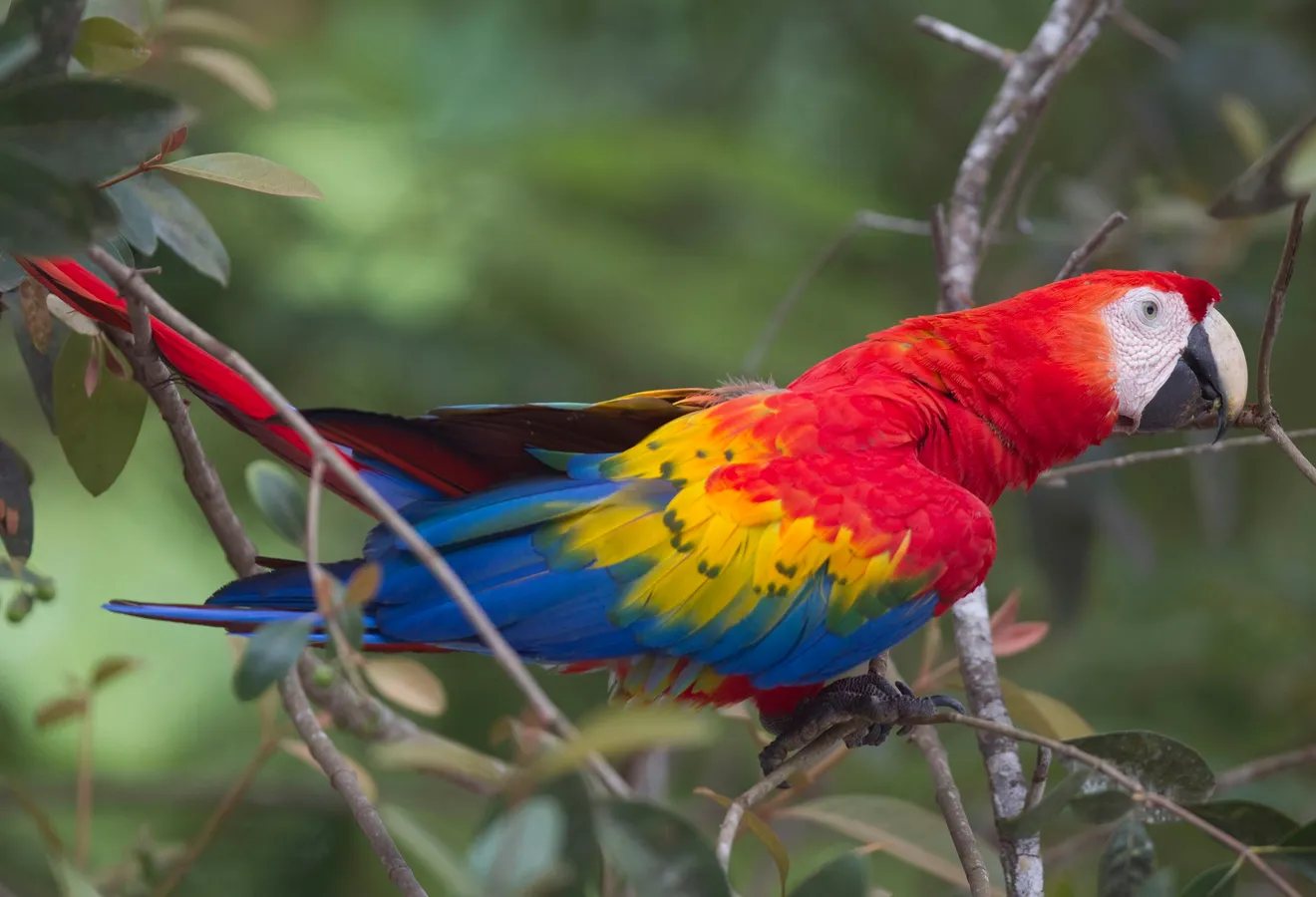
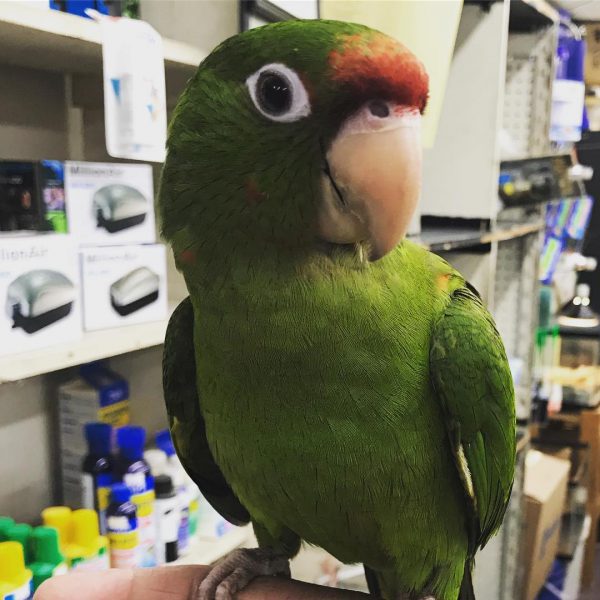

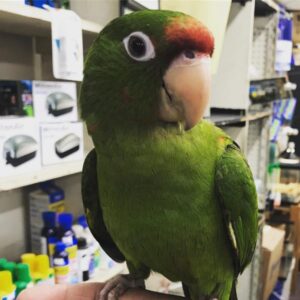
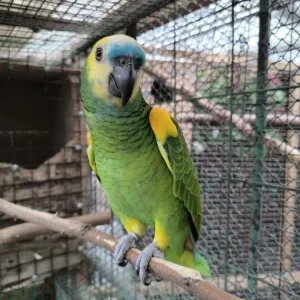
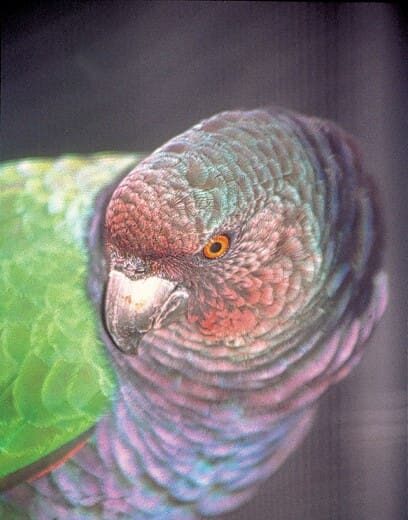

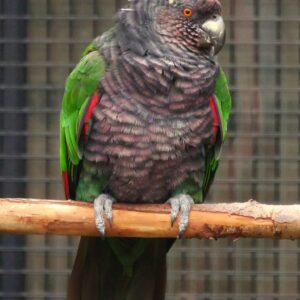
Be the first to review “Amazona Bodini Parrots”